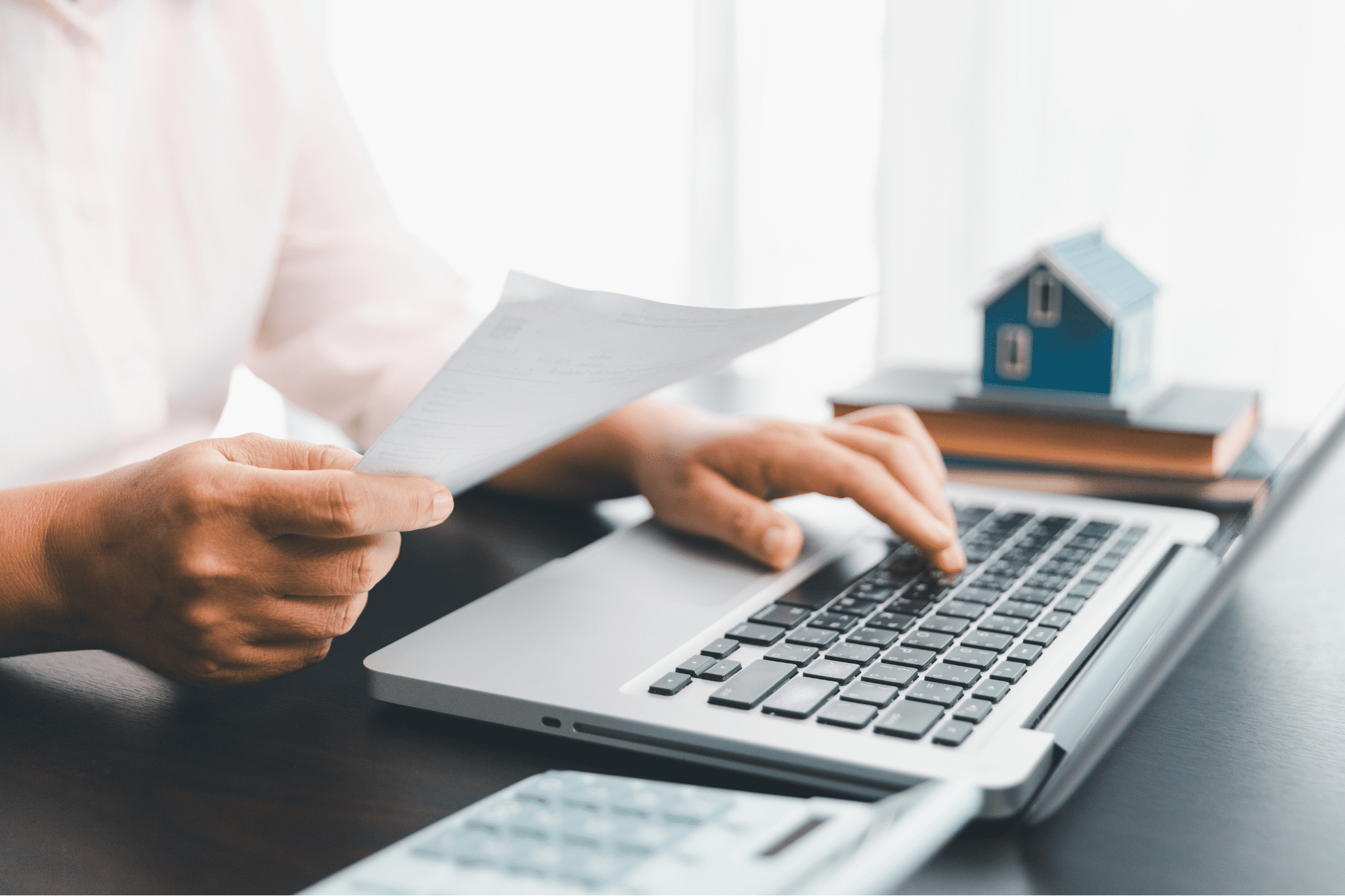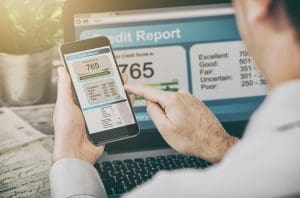In April 2026, some landlords will have to abide by new Making Tax Digital (MTD) requirements. As well as implications to VAT, MTD affects Income Tax filing for landlords, replacing the current income tax Self-Assessment forms.
When is tax going digital?
From 6th April 2026, the introduction of MTD will affect landlords who have a total income of over £50,000. This includes income and expenses from properties and businesses.
For landlords earning over £30,000, they will have to comply from April 2027, and those earning over £20,000 have until 2028. If you receive income from shares in a Real Estate Investment Trust (REIT), this is not included in your total income.
Making Tax Digital requirements
MTD for landlords will require them to keep digital financial records. This will require you to download and learn how to use compatible software, so it is a good idea to familiarise yourself with these programs in advance. If you are a landlord and self-employed business owner, you will have to have individual digital filing systems for business and property finances.
You will also be required to send quarterly finances updates to HMRC with information on your business income and expenses. The deadlines for these updates are the 7th of August, November, February, and May.
Lastly, you will have to digitally declare your annual income from the tax year to HMRC. The deadline for this, and for payment, is 31st January the following year. When you digitally declare your income, you also have the opportunity to include pertinent details about personal income or tax relief.
J Sweeney Accountants can help you apply and manage your income tax digitally according to the upcoming MTD changes. This allows you to stay ahead of the game and knowledgeable about correct financial procedures. To learn more, get in touch by emailing [email protected] or call 01604 950034.




